“Protect It” is a Software as a Service (SaaS) solution that transformed the way employees handled security tagging, offering immediate, accurate guidance for tag selection and placement. Outdated manuals were replaced with streamlined operations and flawless product care.
Develop a SaaS solution to simplify the process of determining the appropriate security tag for products and their correct placement, while facilitating real-time updates from corporate to store employees.
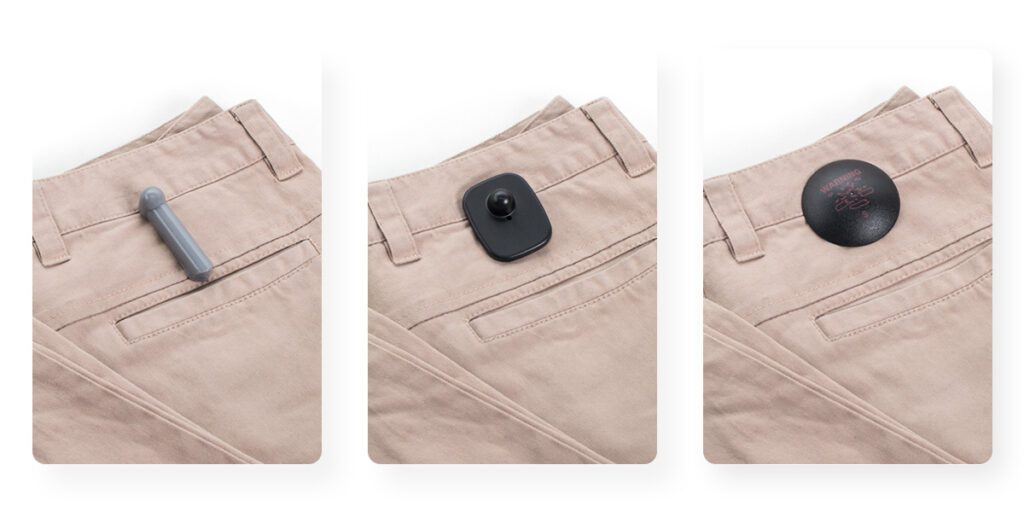
Dick’s Sporting Goods faced significant inefficiencies in their security tagging process. Employees relied on outdated physical binders for tagging instructions, leading to confusion, incorrect tagging, product damage, and inconsistent communication from corporate regarding updates.
The challenge was to design a system that eliminated these inefficiencies, ensuring accurate, up-to-date tagging information was easily accessible.


Primary users who would interact with the system daily for tagging instructions.
These team members were likely overwhelmed by the volume of information in the physical MES binders, leading to difficulties in quickly accessing the correct tagging information. This could cause delays on the shop floor, reduce overall productivity, and increase the risk of errors in tagging, which in turn could lead to further product damage and a decrease in morale from the constant struggle to comply with outdated or unclear standards.


Corporate employees required an efficient system to broadcast updates and new guidelines across all locations. Their available tools were limited to outdated physical binders and an ill-fitting flashcard app repurposed from Human Resources – a stopgap digital solution that fell short of their requirements.
The responsibility of promptly revising and circulating MES standards presented a logistical hurdle. Disseminating nuanced standards tailored to diverse store needs – considering local theft trends, merchandise popularity, staffing levels, available security resources, brand demands, and other variables – was both slow and inconsistent.
This sluggish and unreliable communication not only fueled frustration but also led to the inefficient use of resources. It further complicated the monitoring of compliance and the measurement of the standards’ impact.


The IT department was tasked with managing a legacy system originally designed as a study aid for Human Resources, which was repurposed to display MES standards. This makeshift solution, which was not optimized for handling extensive image databases, required frequent fixes and lacked a functional search feature, forcing users to sift through standards manually.
Moreover, the IT team faced the challenge of implementing the new SaaS solution into the existing store infrastructure, ensuring seamless integration and functionality across various systems.


Customers experienced setbacks and less satisfactory shopping experiences due to slow and frequently incorrect security tagging. Common issues included challenges in trying on clothing or discovering damage after purchase caused by the misplacement of security tags. The problem was compounded when inventory mismatches occurred, with supposedly available items missing, likely due to theft exacerbated by inconsistent tagging—some items were over-tagged, while others lacked necessary security.
This inconvenience intensified when customers, seeking help to locate products, encountered store employees tied up with tagging backlogs in storage areas, leading to delayed customer service. Such inefficiencies diminished the shopping experience and undermined customer confidence in the store’s ability to deliver a streamlined service.
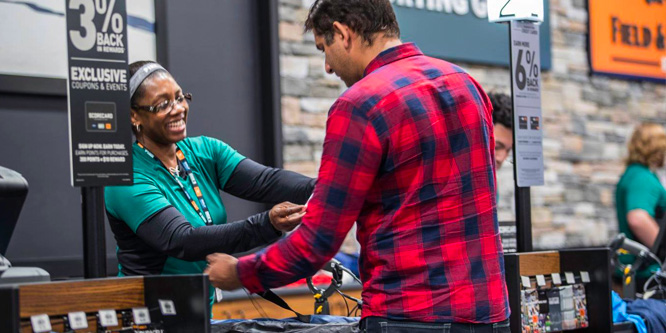

Initial research targeted the procedures of corporate employees managing the Merchandise Exposure Standards (MES), focusing on time, communication, and informational needs.
Surveys progressed from corporate insights to store managers and floor employees, each layer contributing to a comprehensive understanding of MES usage and implementation challenges.
The final step involved customer surveys to gauge the impact of MES on shopping experience. This approach, rooted in core UX methods, facilitated a holistic view of the MES lifecycle and informed the subsequent design phase.
Testing the usability with initial mockups formed a significant component of this process, with each iterative design fostering new ideation sessions informed by the latest gathered insights.
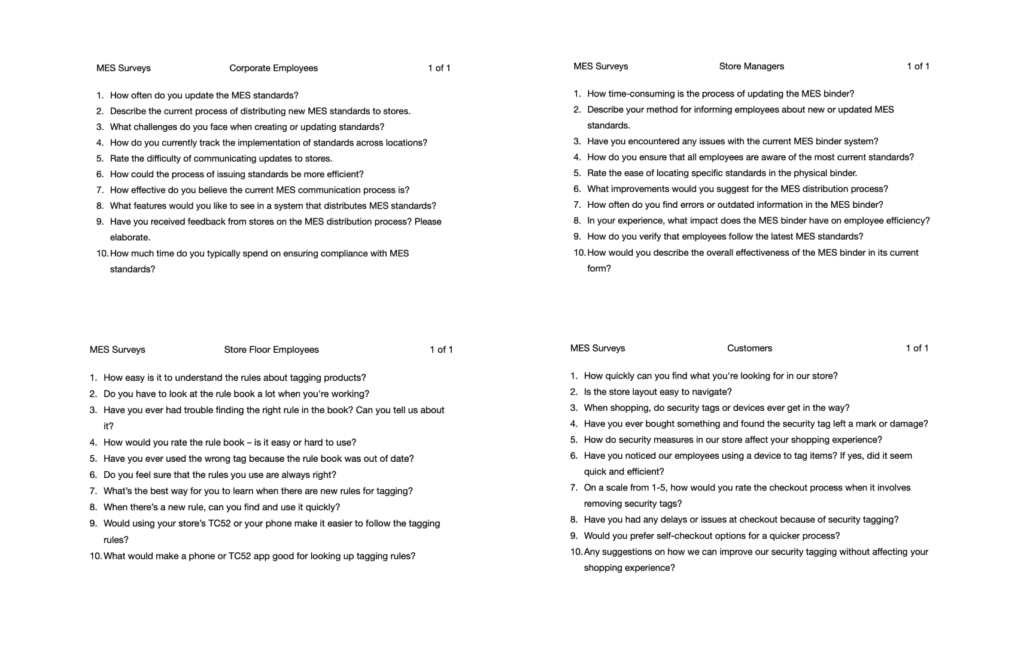

Examined the existing process for receiving and disseminating corporate communications regarding security tagging.
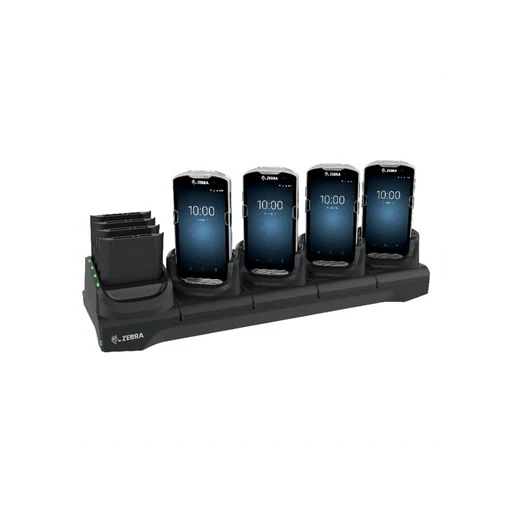

During the development of the Protect It project, I carried the majority of the ideation process, diligently constructing a user-centric design that met our high standards.
However, when faced with creative blockades, I proactively facilitated Design Ideation Sessions, selectively inviting participation from other UX designers based on the needed strengths.
These sessions, though infrequent and voluntary, provided fresh perspectives that invigorated the project during critical junctures.
My guidance to the group in these collaborative exchanges was key in overcoming obstacles, working within a set time frame of 30 minutes-1 hour, and then me taking the ideas back and refining or consolidating ideas from each design solution to ensure stakeholder satisfaction and project success.
Although not a robust system, there was a necessity to have a mini design system to ensure consistency throughout screens and for future reference for anyone else who may either join the team or have the need to take over upon my departure.
When creating this system, it was critical to understand what tools corporate employees were already accustomed to using so there would not be a steep learning curve. There were also considerations pertaining to accessibility.
The “LockMES” logo, conceived with an echo of the Loch Ness monster in its pronunciation, was meticulously developed. It fused a trust-inducing blue shade, a lock for the element of security, and a scanner illustration for the tagging capability, ensuring memorability and easy identification, which was particularly considerate towards those with color vision deficiencies. Its distinctive naming also facilitated easy location amidst the multitude of applications on employee devices.
After its introduction, feedback from stakeholders necessitated a redesign of the LockMES logo to better align with varied preferences. The final rendition, characterized by black as its dominant color, projected an image of simplicity and authority, apt for a tool critical to product safeguarding. The key-shaped design and the app’s new name, “Protect It,” solidified this impression of security and control.


Given the devices’ technical constraints, the app’s code was kept straightforward and the interface design minimalistic. This ensured quick load times and minimized the risk of crashes. The app’s simplicity enabled employees to efficiently scan product barcodes, access essential information promptly, and stay updated with accurate tagging guidelines.
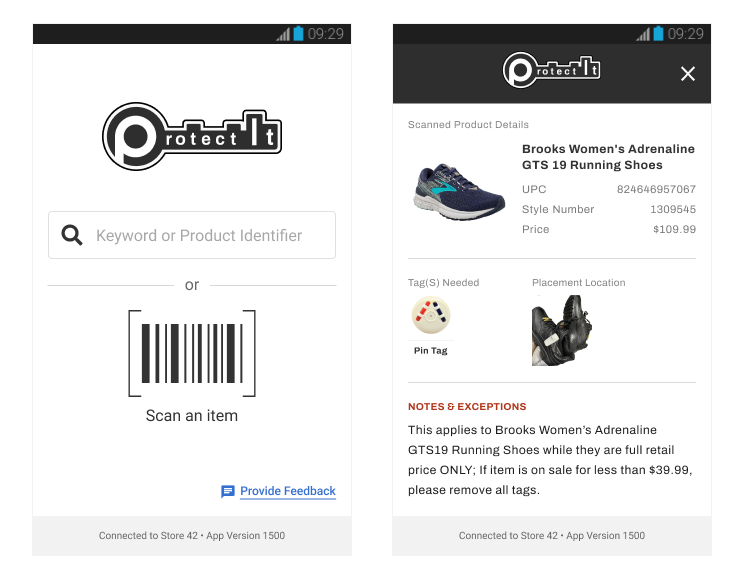

The newly created corporate management tool empowered corporate employees to maintain current standards by uploading fresh tagging instructions, product images, placement diagrams, pricing requirements, and other essential details pertinent to merchandise standards, while also ensuring that all stores have immediate access to the latest updates.
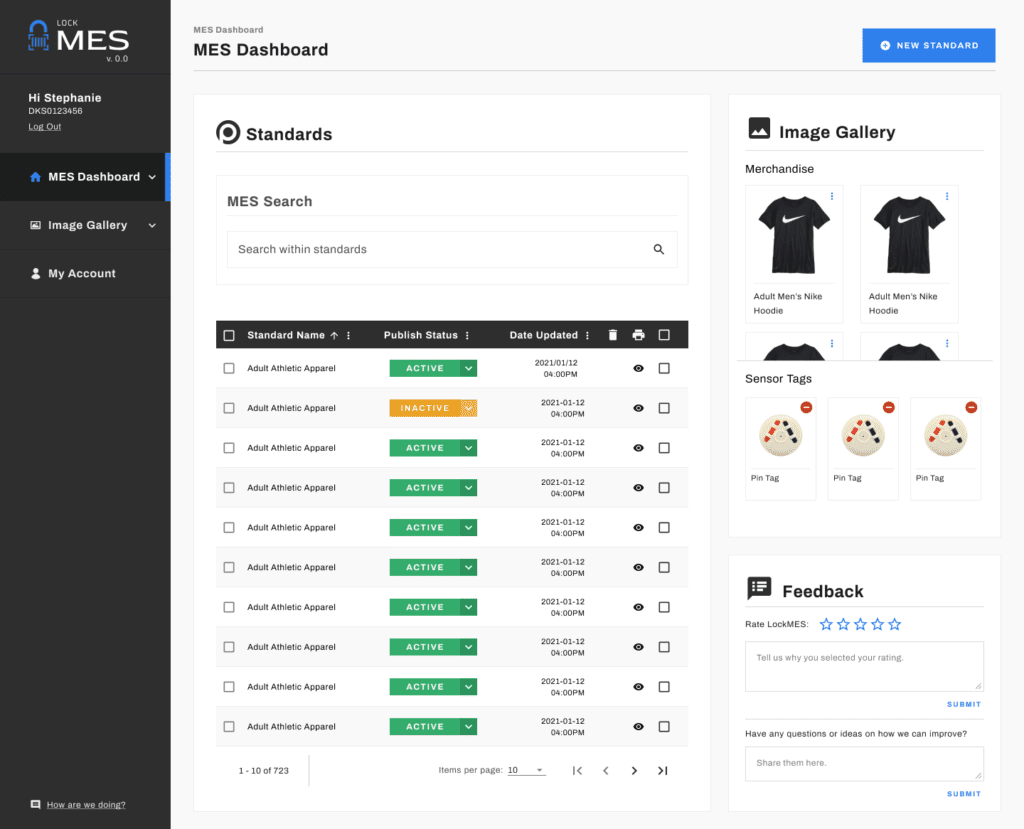

Significant reduction in time spent determining correct tags and tag placement. Employees felt empowered to complete the tagging task without having to seek out managers or their peers before completing MES requirements.
Lower incidence of product damage due to incorrect tagging, improving product integrity and customer satisfaction.


Streamlined communication from corporate to stores, ensuring all employees had access to the latest tagging instructions while getting rid of the middle man (store managers), which freed them up to accomplish other tasks.
High satisfaction rates among employees who found the system intuitive and helpful in their daily tasks.
The next steps for this project involve expanding the tool’s capabilities to include predictive analytics, which would anticipate future tagging needs based on trends and inventory levels. Additionally, plans are in place to develop an integrated feedback system, allowing store employees to directly report on usability and effectiveness, thereby enabling continuous improvement of the tool based on user experience. Further down the line, exploring the integration of AI to automate some of the tagging processes could significantly increase efficiency and accuracy.
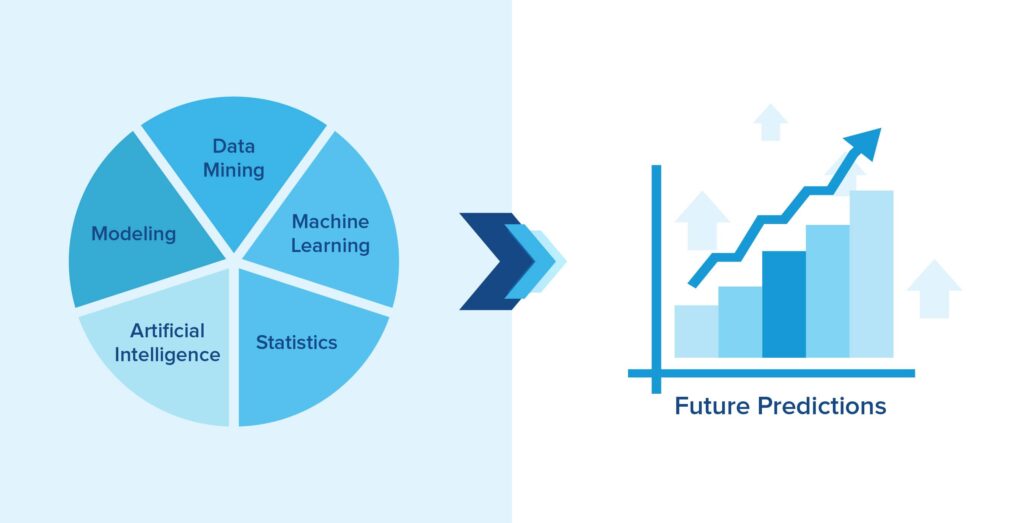

With a proven track record of boosting engagement and conversions, I deliver user experiences that not only resonate with customers but also drive substantial business growth. Let’s create compelling, user-first designs that elevate your company’s bottom line.